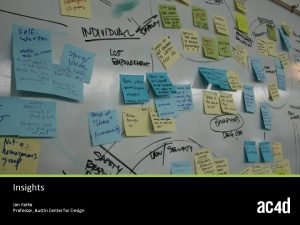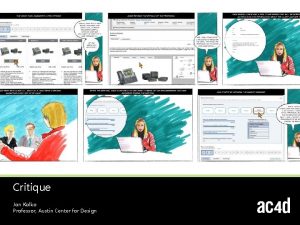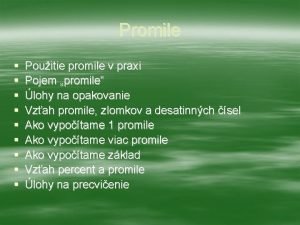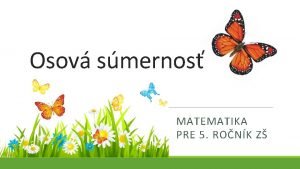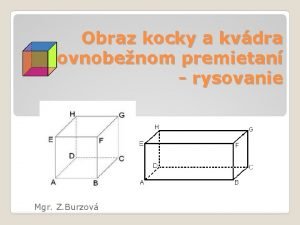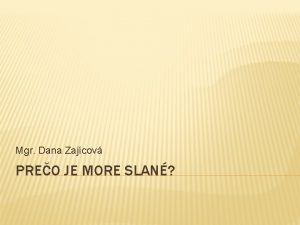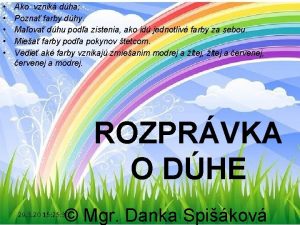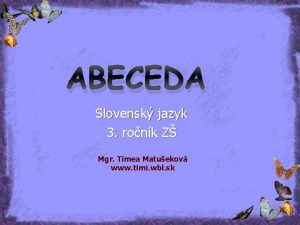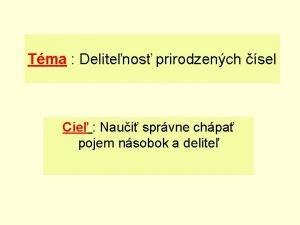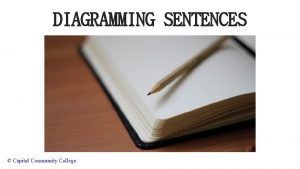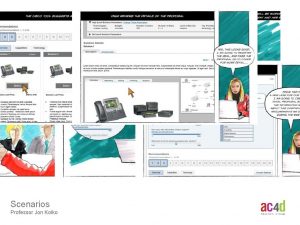Affinity Diagramming Jon Kolko Professor Austin Center for













- Slides: 13

Affinity Diagramming Jon Kolko Professor, Austin Center for Design

Ethnography Synthesis Prototyping Making meaning through abductive sensemaking and reframing Combining data in new ways Identifying patterns and anomalies Judging, and learning 2

Affinity Diagramming A bottom-up process of organizing ideas by similarity, through grouping.

Affinity Diagramming A bottom-up process of organizing ideas by similarity, through grouping.

Affinity Diagramming A bottom-up process of organizing ideas by similarity, through grouping.

Affinity Diagramming A bottom-up process of organizing ideas by similarity, through grouping.

Affinity Diagramming A bottom-up process of organizing ideas by similarity, through grouping. AFFINITY DIAGRAMMING/ 1. 2. 3. 4. 5. 6. Requires a large amount of time to create Requires interpretation, where meaning is assigned to the data. Organizes ideas into groups. Allows for prioritization of ideas based on frequency. Can be conducted by groups or individuals. Can be used for organizing ideas, sentences, words, pictures, or any other data type.

Mayonnaise Lettuce Deli Potato Chips Earl of Sandwich Sourdough Pickles Ham Cheese Baguette Rye Roll Here, or to go? Fat Content Pumpernickel Bagel Swiss Avacado Cheddar BLT Plate Toaster Panini Press Sub

“Sometimes, I put the mayo on both sides of the bread. ” “I don’t really believe that there was an Earl. It’s folklore. ” “I cook it until the cheese melts. That’s the key. ” “I don’t like multiple meats on my sandwiches. ” “Some people call it a sammy. ” “Sometimes, BBQ sauce tastes good. ”

Mayonnaise Lettuce “Sometimes, BBQ sauce tastes good. ” “Sometimes, I put the mayo on both sides of the bread. ” Pickles Ham Cheese “I don’t like multiple meats on my sandwiches. ” Swiss “Some people call it a “I don’t really believe sammy. ” that there was an Earl. It’s folklore. ” Earl of Sandwich Avacado Baguette BLT Cheddar Pumpernickel Roll Rye Sourdough “I cook it until the cheese melts. That’s the key. ” Toaster Bagel Here, or to go? Potato Chips Plate Deli S

Mayonnaise Lettuce “Sometimes, BBQ sauce tastes good. ” “Sometimes, I put the mayo on both sides of the bread. ” Things you put on sandwiches Pickles Ham Cheese “I don’t like multiple meats on my sandwiches. ” Swiss “Some people call it a “I don’t really believe sammy. ” that there was an Earl. Sandwich folklore It’s folklore. ” Earl of Sandwich Avacado Baguette BLT Cheddar Roll Pumpernickel Types of bread Rye Sourdough “I cook it until the cheese melts. That’s the key. ” Cooking a sandwich Toaster Here, or to go? Potato Chips Purchasing a sandwich Plate Deli Bagel S

Affinity Diagramming A bottom-up process of organizing ideas by similarity, through grouping. AFFINITY DIAGRAMMING/ HOW TO DO IT/ 1. 2. 1. 3. 4. 5. 6. Requires a large amount of time to create Requires interpretation, where meaning is assigned to the data. Organizes ideas into groups. Allows for prioritization of ideas based on frequency. Can be conducted by groups or individuals. Can be used for organizing ideas, sentences, words, pictures, or any other data type. 2. 3. 4. Identify each idea, and place it on a single, movable tile (post-it, 8. 5 x 11 paper, etc) Move the ideas around, and identify relationships through a bottom-up process When groupings start to emerge, give them labels. When groupings get too big (8+ items), split them into smaller groupings.

Jon Kolko Director, Austin Center for Design jkolko@ac 4 d. com Download our free book, Wicked Problems: Problems Worth Solving, at http: //www. wickedproblems. com
 Promotion from associate professor to professor
Promotion from associate professor to professor Austin center for design
Austin center for design Austin center for design
Austin center for design 1 promile z 1000
1 promile z 1000 Os sumernosti
Os sumernosti Rysovanie kocky
Rysovanie kocky Rovnobezky zeme
Rovnobezky zeme Kolko vydrzi tava bez vody
Kolko vydrzi tava bez vody Prognose glaukom
Prognose glaukom Premeny jednotiek hmotnosti
Premeny jednotiek hmotnosti Kolko ma duha farieb
Kolko ma duha farieb Zoraď slová podľa abecedy
Zoraď slová podľa abecedy Inotaj v hadanke
Inotaj v hadanke Kolko nasobkov ma kazde prirodzene cislo
Kolko nasobkov ma kazde prirodzene cislo

